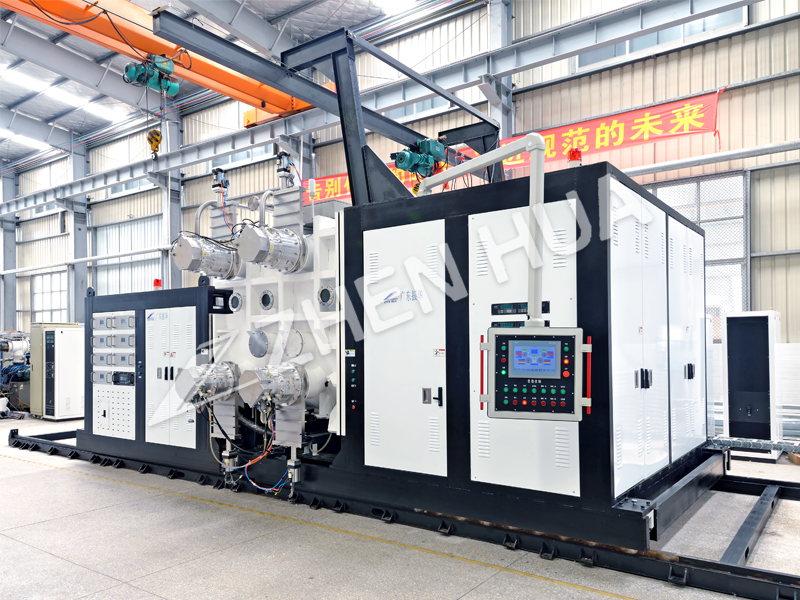The electronic properties of thin films are significantly different from those of bulk materials, and some physical effects displayed on thin films are difficult to find on bulk materials.
For bulk metals, the resistance decreases due to a decrease in temperature. At high temperatures, the resistance decreases only once with temperature, while at low temperatures, the resistance decreases five times with temperature. However, for thin films, it is completely different. On the one hand, the resistivity of thin films is higher than that of bulk metals, and on the other hand, the resistivity of thin films decreases faster than that of bulk metals after the temperature decreases. This is because in the case of thin films, the contribution of surface scattering to resistance is greater.
Another manifestation of abnormal thin film conductivity is the influence of magnetic field on thin film resistance. The resistance of a thin film under the action of an external magnetic field is greater than that of a block like material. The reason is that when the film moves forward along the spiral trajectory, as long as the radius of its spiral line is greater than the thickness of the film, electrons will scatter at the surface during the motion process, resulting in an additional resistance, which leads to the resistance of the film being greater than that of the block like material. At the same time, it will also be greater than the resistance of the film without the action of a magnetic field. This dependence of film resistance on magnetic field is called Magnetoresistance effect, which is usually used to measure the magnetic field strength. For example, a-Si, CulnSe2, and CaSe thin film solar cells, as well as Al203 CeO, CuS, CoO2, CO3O4, CuO, MgF2, SiO, TiO2, ZnS, ZrO, etc.
Post time: Aug-11-2023


